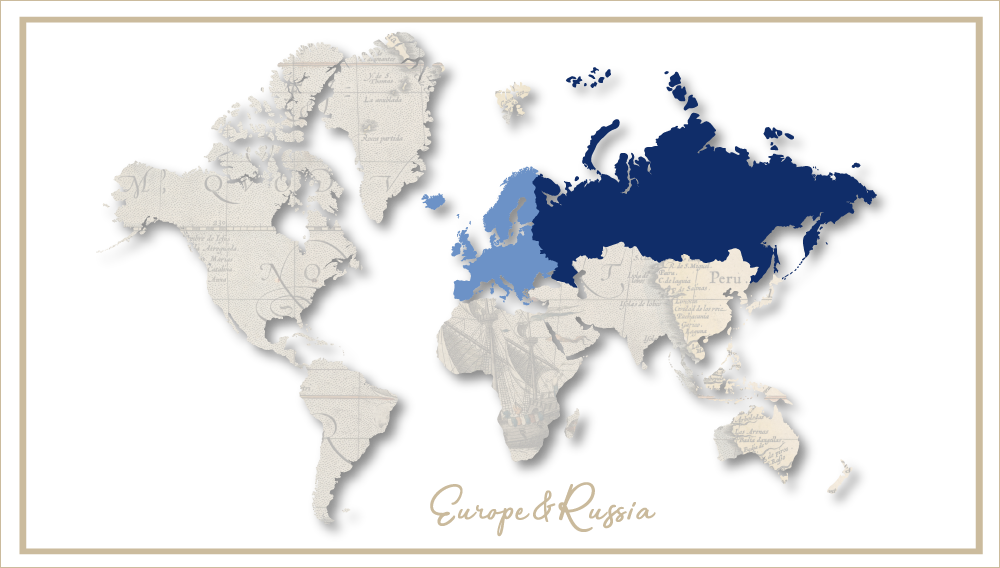It’s all about the U.S. and Brazil
With two markets (North America and Brazil) representing about 35 percent of the global beer profit pool it came as no surprise that AB-InBev’s CEO Carlos Brito would zoom in on these during AB-InBev’s 2010 full year results presentation given on 3 March 2011. Overall, AB-InBev managed to close 2010 with full year revenue growth of 4.4 percent to USD 36.3 billion, own beer volume growth of 2.1 percent to 348 million hl, EBITDA growth of 10.6 percent to USD 13.9 billion with an EBITDA margin reaching 38.2 percent from 35.8 percent in 2009.
AB-InBev’s Focus Brands (including global brands like Budweiser, Stella Artois, Beck’s, multi-country brands like Hoegaarden and Leffe as well as “local jewels” like Bud Light, Brahma, Skol and Jupiler) saw volume growth of 4.8 percent in 2010, outpacing total beer volume growth of 2.1 percent.
Focus Brands now account for almost 70 percent of AB-InBev’s total beer volume. Budweiser volumes grew by 1.7 percent in 2010, Mr Brito said, the first time this global brand has grown in more than two decades on a global basis. AB-InBev also plans to bring Budweiser to Brazil in the second half of 2011.
What must have riled Mr Brito was the brewer’s performance in the United States. Not only did AB-InBev lose volumes to the order of 3.1 percent (or 4 million hl beer), their market share declined 0.5 percent caused by losses in their sub-premium and non-Focus brand portfolio, where AB-InBev decided to raise prices in an effort to close the gap to the premium segment. Historically this gap between sub-premium and premium was 25 percent. AB-InBev hopes to narrow it to 15 percent.
Still, 2010 EBITDA in North America (U.S. plus Canada) grew 6.5 percent driven by revenue per hl growth, improvement in cost of sales per hl and savings in overhead costs and lower fuel costs.
In Brazil, AB-InBev managed to grow volumes by 9.6 percent (beer up 10.5 percent and soft drinks up 7.3 percent) to 120 million hl (beer and soft drinks). Beer volumes in Brazil, where AB InBev has about 70 percent of the market, grew only 3.4 percent in the fourth quarter, slowing down sharply from the 14 percent of the first nine months of 2010.
However, revenue per litre in Brazil and near neighbours rose 9.9 percent, due to price hikes, trading up to brands such as Bohemia and Stella and more direct distribution. Brazilian inflation ended 2010 at a six-year high of 5.9 percent, principally due to a spike in food costs.
"Minimum wages set the floor, but there is a massive number of people moving up in terms of socio-economic class, and that is really what is driving beer consumption per capita in Brazil," said Felipe Dutra, CFO of AB-InBev.
With such positive results in Brazil it hardly seemed to matter to analysts that in Western Europe AB-InBev lost 2.5 percent in volumes and 3.1 percent in revenues last year as volume sales in Belgium dropped 5 percent and in Germany 9 percent. After all, EBITDA was up 6.6 percent hitting almost 28 percent in EBITDA margin.
No one inquired after AB-InBev’s performance in central and eastern Europe (Russia and Ukraine) where the brewer lost volumes (-0.9 percent), revenue (-0.5 percent) and EBITDA (-17.8 percent).
In the end, all were happy. Volumes may not be so good, but prices have risen by much more. This is an enormous positive, analysts thought.
AB-InBev announced that revenue per hl should grow ahead of inflation in 2011, although it would also up its marketing spend.


